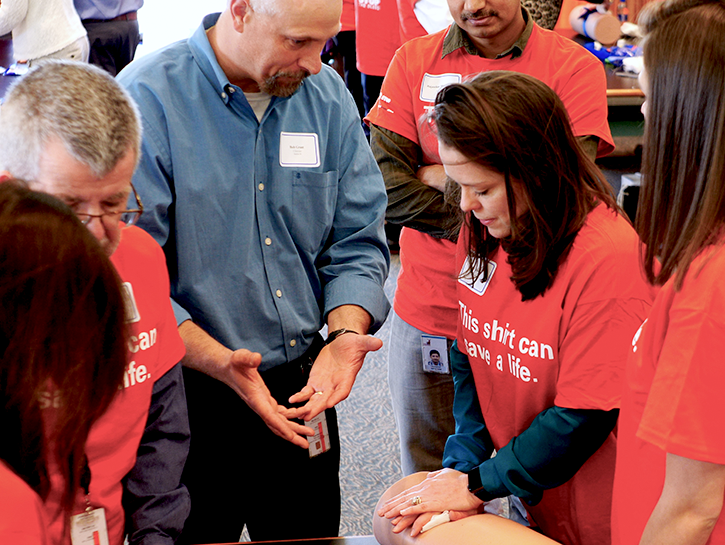fwafwow
WKR
- Joined
- Apr 8, 2018
- Messages
- 4,959
Another thread (linked below) caused me to want to reassess my readiness with respect to bleed control. If anyone can point me to a good resource, either for implementing a personal program, or on any of the topics below, that would be most appreciated.
Here are the broad steps of what I'm thinking:
Here are the broad steps of what I'm thinking:
- Admin stuff - certain parts of this should be admin - like calendaring for:
- updating gear that expires
- checking for new info on equipment
- refreshing training and practice, etc.
- inventory of current items
- Gear - can't have a rabbit hole without a gear component. I would value any authoritative sources
- what's better/improved/best (for various use)?
- what used to be good that isn't anymore - info on device failures/limitations (see https://rokslide.com/forums/threads/small-form-factor-tourniquet.348005/ for some discussion)
- Method -
- where do I place items - kitchen (not doing currently), cars, luggage,
- how do I use - EDC (see thread above), in hunting and shooting bags
- other?
- Training -
- how frequently for basic refresher vs more extensive?
- who to use (is Dark Angel still well-regarded, alternatives, logistics)?
- how frequently to practice?

